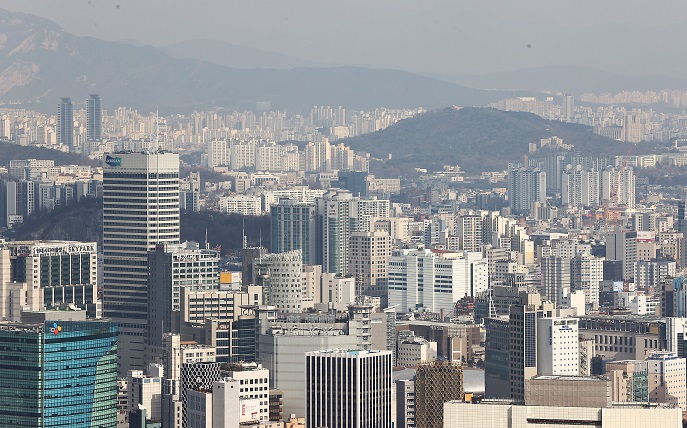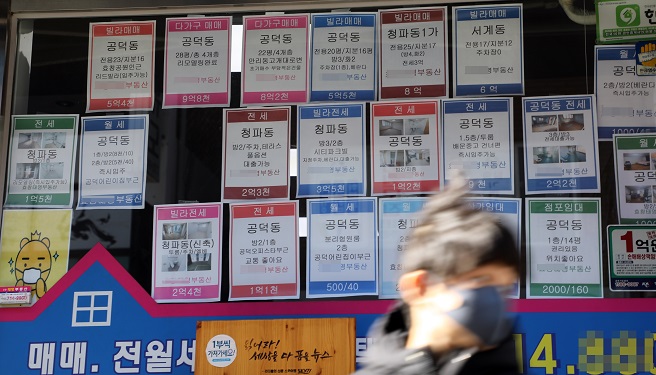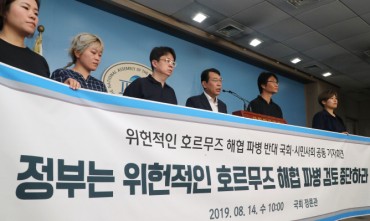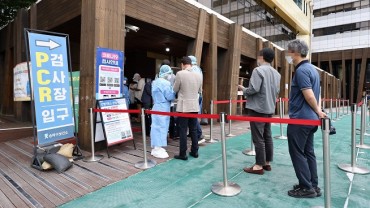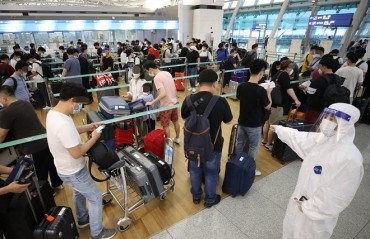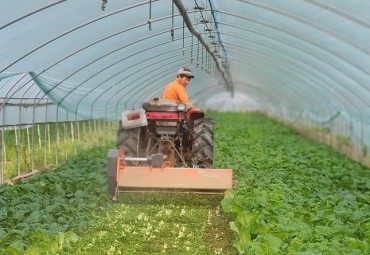SEOUL, Feb. 4 (Korea Bizwire) — The South Korean government said Thursday it will ease building regulations and support redevelopment projects in urban areas to increase the number of new homes by up to 836,000 nationwide in the next four years.
The latest housing policy focuses on increasing the home supply in the Seoul metropolitan area and other major cities to stabilize the heated real estate market, in what could be a drastic shift from imposing a series of tougher regulations.
The Ministry of Land, Infrastructure and Transport said the supply plan is aimed at providing affordable housing in big cities, which are convenient to live in thanks to their proximity to jobs, and quelling concerns among potential first-time buyers.
“Housing demand increased amid low interest rates and ample liquidity, coupled with rise in household income and single-person households,” Land Minister Byun Chang-heum said in an online briefing.
“Despite a series of supply plans, more properties are needed to ease people’s concerns. Massive supply plans are especially needed in big cities like Seoul, where the homeownership is relatively low and many live in units in inferior conditions,” Byun said.
The supply plan includes 323,000 new units in Seoul, the hotspot of the real estate frenzy, and 293,000 in the surrounding Gyeonggi Province by 2025, the ministry said.
Together with housing plans announced last year, the number of new units in the greater Seoul area, home to nearly half of the nation’s 52 million population, will rise to over 2 million, the largest supply plan under the Moon Jae-in administration, it noted.
The proposed amount of dwellings in the capital is equivalent to three times the number in Bundang, a wealthy town south of Seoul developed under a massive development project in the 1990s.
The ministry also set out plans to add over 220,000 new units in major cities, including Busan, Daegu and Daejeon, which saw hikes in property prices.
“We will focus on making an innovative home supply model for urban areas,” Byun said. “If this model is adopted without delay, it will promptly supply new dwellings that exceed the market expectation in terms of speed, quantity, location and quality.”
Soaring housing prices have showed no signs of a letup despite the government’s efforts to stabilize the real estate market, dragging down Moon’s approval ratings to the lowest point since he took office in May 2017.
The average price of apartments spanning 83 square meters in Seoul reached 1.2 billion (US$1.1 million) last year, jumping 82 percent over the past four years under the Moon administration, according to the data by the civic group Citizens’ Coalition for Economic Justice.
The rising property prices and tight lending rules made it more difficult not only for low-income families but also high earners to buy a home in Seoul without financial support from their parents.
To prop up supplies in the densely populated capital, the ministry will ease the floor area ratio of residential buildings near subway stations and seek ways to transform semi-industrial zones and dilapidated areas into modern residential areas.
It also plans to lower requirements on parking lots and the right to light to allow builders to more flexibly design properties in residential areas.
Public developers, including the state-run Korea Land and Housing Corp. and Seoul Housing & Communities Corp., will participate in public redevelopment projects to streamline the process, which is often long and drawn out due to layers of regulations and difficulty in building consensus among existing residents.
The ministry said it will revise the allotment system of new apartments to give more opportunities to newlyweds and those in their 30s and 40s to buy affordable houses.
Public homes will be offered with several options of ownership and mortgage rates to address the needs of various types of families, it noted.
Finance Minister Hong Nam-ki said the proposed amount of new units is a “supply shock,” expressing hope that the massive supply plan will cool down the heated real estate market.
As it takes time to build new properties and have people actually live in them, Hong said the government will closely monitor speculative trades in areas designated for development projects and take additional measures if needed.
(Yonhap)


